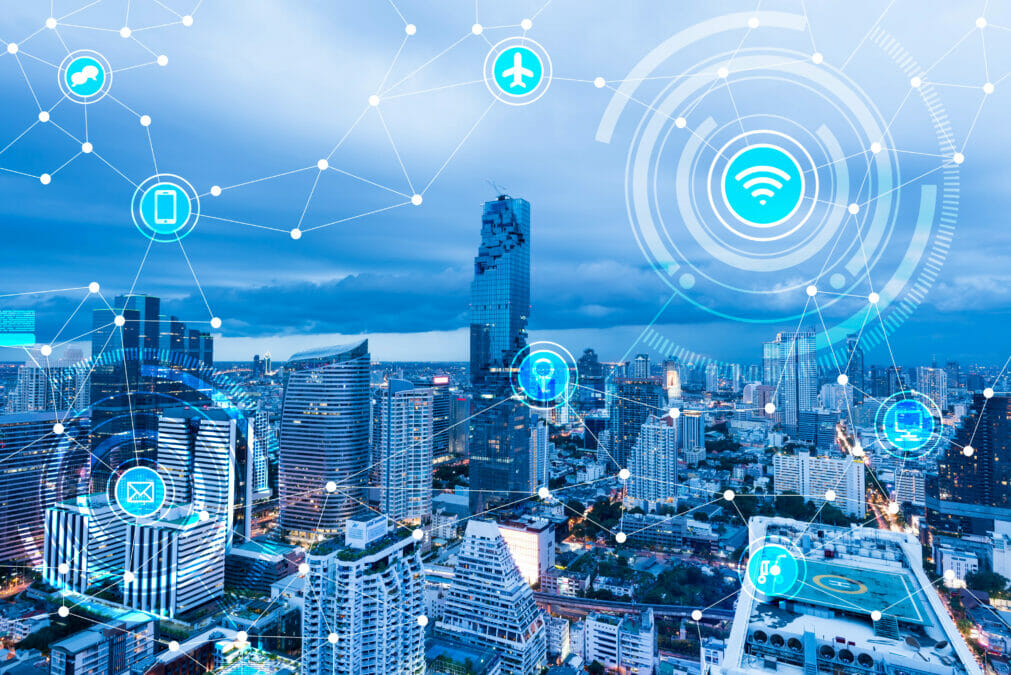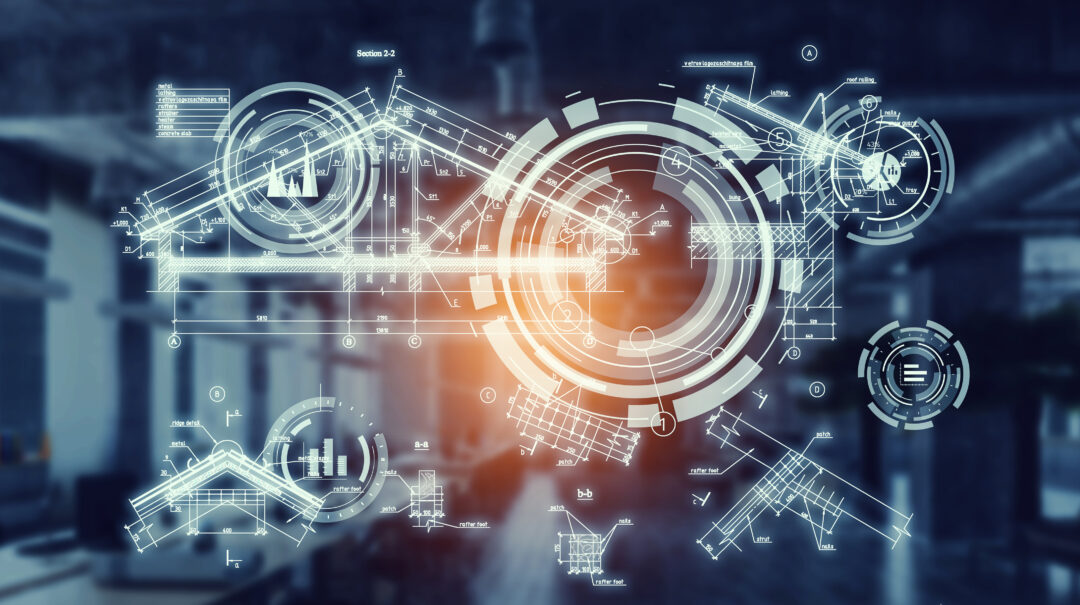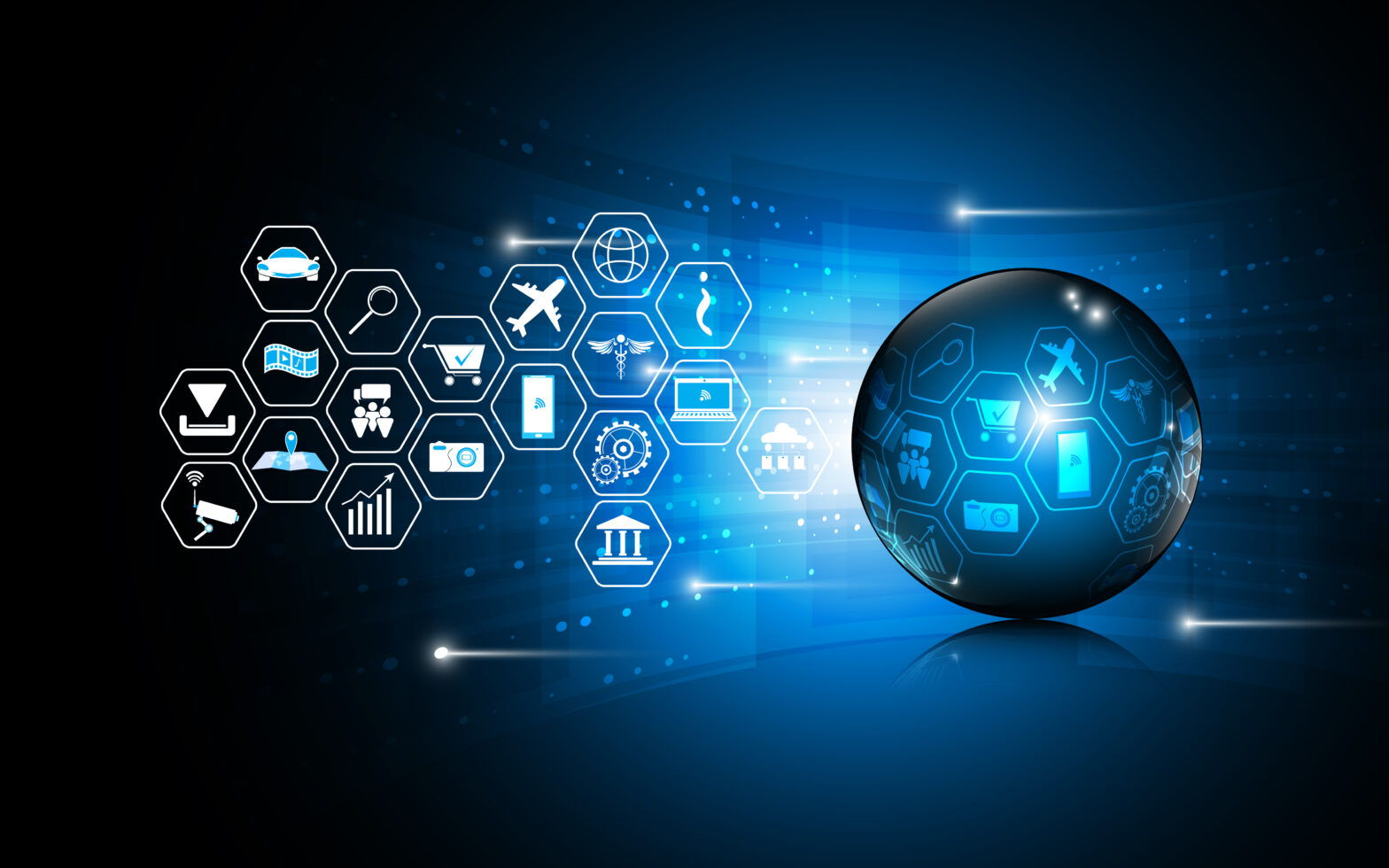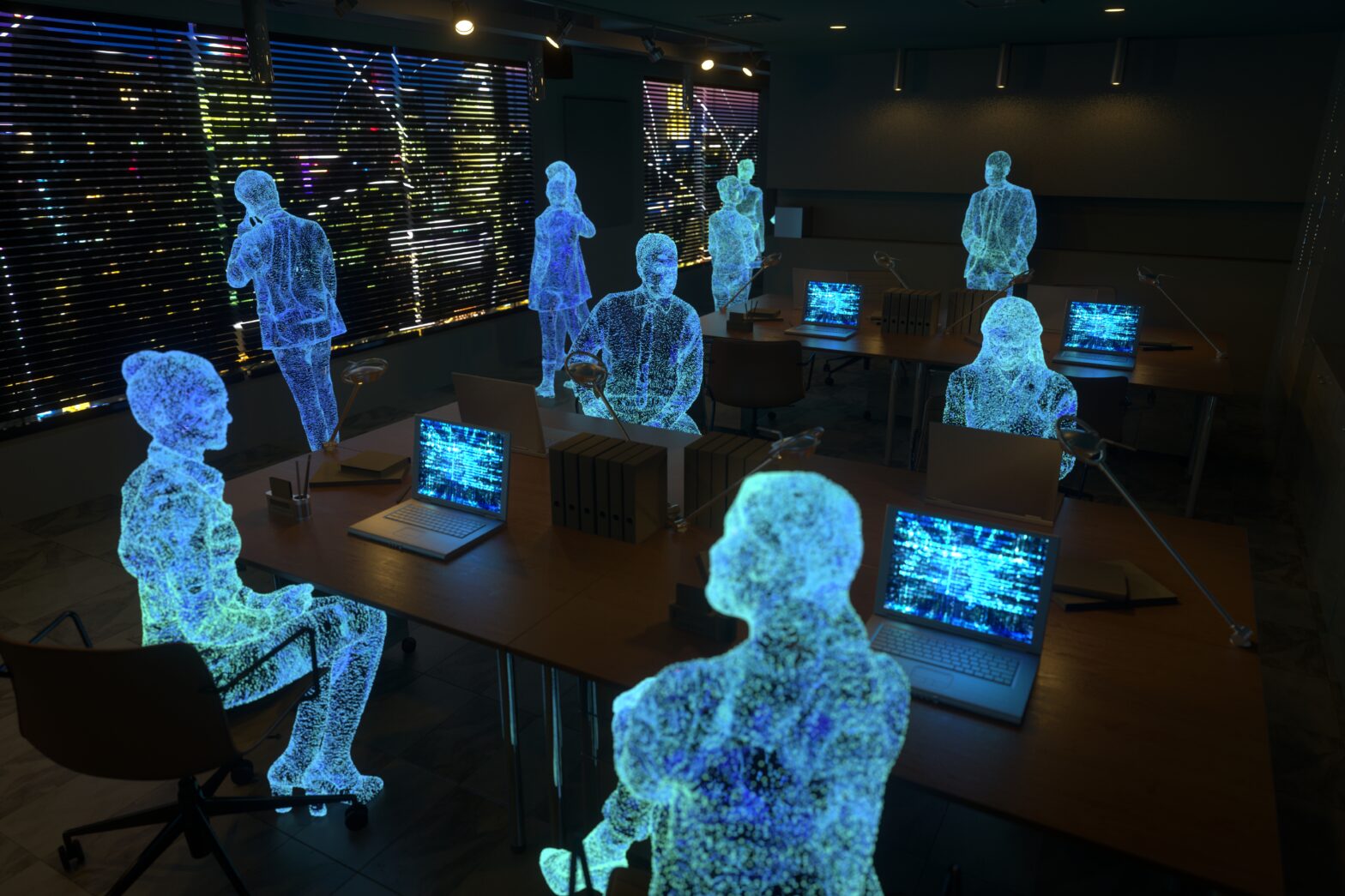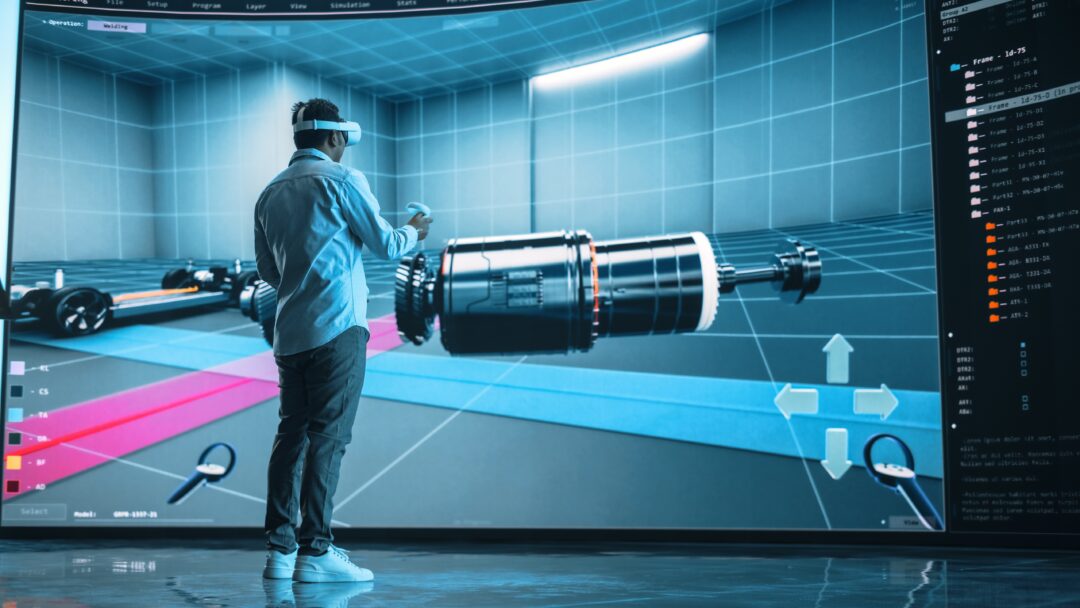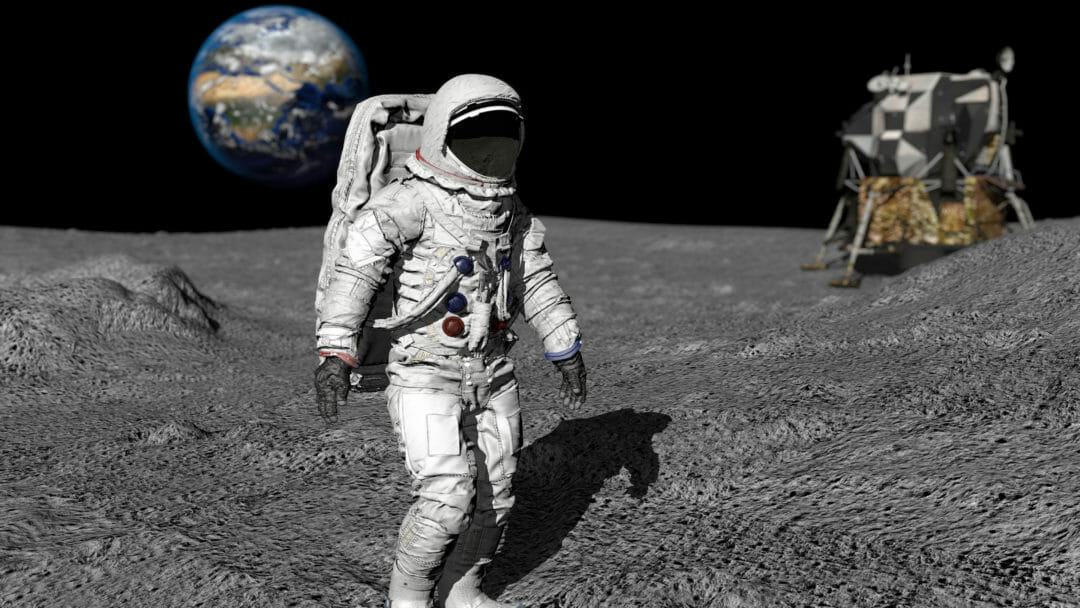IoT sensor technology has been evolving at a rapid rate over the last few years, capable of detecting and presenting external information in a variety of contexts. Today, companies in an array of sectors can leverage data remotely, a benefit that’s been especially prominent in the presence of lockdowns during the pandemic. IoT sensors are also now available in a number of different forms and sizes, which makes meeting specific company needs through the technology even easier. But the market can’t afford to get complacent — devices, like in any tech space, never come risk-free, so it’s vital that strong security is in place for users.
In this article, we take a look at how the IoT sensor technology market came to its current state, the types of sensors present in the space, key applications for the technology, and what the future holds.
The growth of smart IoT sensor technology
Sensors used to measure physical characteristics or usage of a device can be traced all the way back to the invention of the microprocessor in the 1960’s. The world’s first IoT device, however, is believed to have been conceived at Carnegie Melon University in the early 1980’s, and used switches installed in a Coca-Cola vending machine, which connected to a network, to report how many cans of Coke were available.
From its beginnings as a niche technology used by a select few, IoT sensor capabilities are now commonplace within cars and home appliances, giving it a key role in many people’s lives. Office buildings have begun to utilise IoT sensors also, with the COVID-19 pandemic proving a turning point for use cases, and as hybrid working policies set in, the scaling of this technology is set to continue across companies.
While the variety of sensor types and uses, along with demand, has grown, the cost and complexity of deployment has been reducing, in most cases. This takes a great deal of strain off of developers, who can now focus on the software, without needing to worry about connectivity.
Valued at $9.6 billion in 2018, it’s predicted that the IoT sensor market will reach a value totalling $34.4 billion by 2024.
The main types of IoT sensors
IoT technology provides now offer an array of sensor types, all with their own uses and customer bases. The most prominent types include:
- Accelerometers: electronic sensors that measure static or dynamic acceleration forces. While many handheld smart devices contain accelerometers for motion tracking, these are also used for condition measuring and vehicle monitoring.
- Gyroscopes: sensors that measure rotation or maintain orientation. Often used in navigation contexts, gyroscopes have proved to be a key tool within aircrafts, space stations, motorcycles and ships.
- Image sensors: in IoT, image sensors enable users to visualise objects and locations remotely. With forms ranging from robotic devices to drones, image sensors often play a role in the automotive space, manufacturing premises, and security systems.
- Motion detection sensors: motion detectors transform motion of humans or objects in the surrounding area into an electronic signal. Particularly useful when it comes to maintaining building security, these sensors can also be used within energy management systems, as well as in retail customer service contexts.
- Optical sensors: sensors that convert light quantity measurements into electronic signals, which lends well towards monitoring electromagnetic energy. With its capability of measuring multiple components at once, optical sensors have been found to be useful within aerospace, healthcare and environmental monitoring.
- Temperature sensors: temperature sensors can be used to control air conditioning and refrigerators, as well as the temperature of machines in manufacturing, and soil in agriculture.
- Water quality sensors: with water being of some use everywhere, sensors to control its quality can measure conductivity in aid of industrial processes, pH, and other components that can affect the wider environment.
Related: The main types of IoT sensors in the market today
Key players in the market
Many companies have emerged within the last ten years to impact the IoT sensor technology space. Catering for an array of verticals, some of the most prominent sensor providers look to digitally disrupt business and society at a rapid rate. The key players in the market to watch out for today include:
75F
Founded in 2012, 75F deals in IoT building management, offering a suite of wireless light, sound, temperature and CO2 sensors, among other types, which can be leveraged as part of a “vertically integrated” solution. The company particularly focuses on serving offices, retail outlets and restaurants.
CoreTigo
CoreTigo is a company that offers mission-critical communications powered by sensors, actuators and devices, that are aimed at manufacturers. Established in 2017, the IIoT company looks to address processes within automotive, food and beverage distribution, and other Industry 4.0 contexts.
HQ Software
HQ Software is a software development company that offers IoT solutions for an array of industries, including agriculture, automotive and healthcare. The company, which was established in 2001, offers temperature, humidity, light, motion, CO2 and industrial sensors.
Jeeva Wireless
A company that focuses on delivering sensor networks that minimise energy usage, Jeeva Wireless‘s sensors come without the need for batteries. Established in 2015, the company’s client base is spread across agriculture, healthcare and manufacturing.
RAKwireless
RAKwireless offers many kinds of IoT solutions that are compatible with LoRa, LTE and Amazon Alexa. Aiming to reduce complexity across a variety of sectors since its inception in 2014, the company’s modular WiseBlock technology includes light, environmental, and motion-sensitive sensors.
Semios
Founded in 2010, Semios is a research company and pest management solution developer, focused on the agricultural sector. Its sensors and expertise help farmers to remotely examine climate, as well as managing water, plant diseases and pests.
The future of IoT sensor technology
There is still plenty of room for IoT sensor technology to grow, and further disrupt multiple industries, in the coming years. With a hybrid working model set to continue being common among businesses, the use of IoT sensors can enable employees that choose not to work on company premises to carry out tasks remotely. Meanwhile, as smart cities continue developing, IoT sensors will also remain a big part of the lives of citizens.
With national infrastructures involving IoT sensors in the works around the world, businesses will be able to benefit from increased connectivity and decreased costs, while being able to cut carbon emissions as national and global sustainability targets loom.
The roll-out of 5G also promises to boost the IoT space, with more and more device varieties set to be compatible with the burgeoning wireless technology. This won’t mean that LPWAN will lose its relevance, however — organisations will still find valuable uses for smaller amounts of data that may be easier to manage and transfer between devices. There is the breakthrough of standards such as LTE-M and NB-IoT to consider here, as well.
The devices hosting IoT sensors are bound to become even more varied, as well as smaller and more portable, with nanobot technology a viable alternative host. This would benefit operations in healthcare, allowing professionals to diagnose and treat injuries and illnesses quicker through bolstered access. In fact, it’s estimated that nanotechnology as a market will reach a global net worth of over $8.6 billion by 2025.
Related: Predictions for the future of IoT sensor technology



